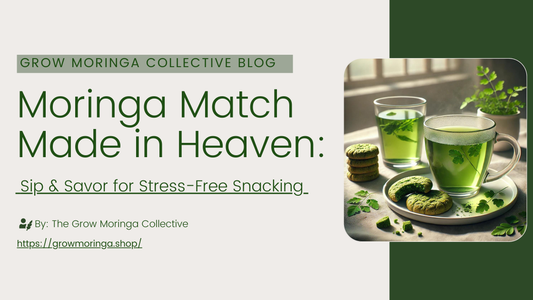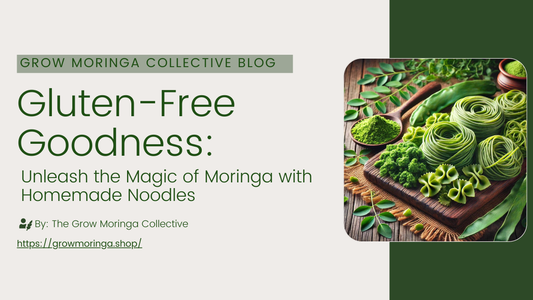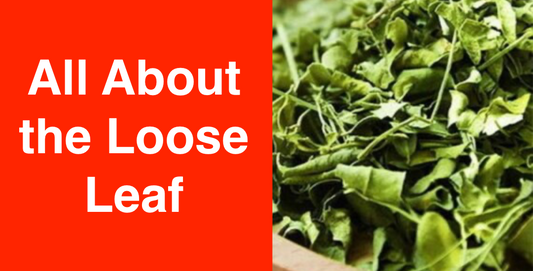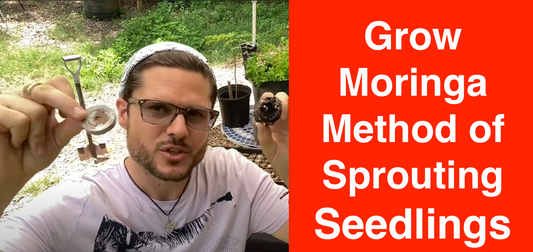Holistic Blog

Moringa Match Made in Heaven: Sip & Savor for S...
Stress Less and Feel Your Best In today’s fast-paced world, stress and anxiety are all too common. With 70% of adults in the U.S. feeling stress daily and mood disorders...
Moringa Match Made in Heaven: Sip & Savor for S...
Stress Less and Feel Your Best In today’s fast-paced world, stress and anxiety are all too common. With 70% of adults in the U.S. feeling stress daily and mood disorders...

Gluten-Free Goodness: Unleash the Magic of Mori...
How to Make Homemade Gluten-Free Moringa Noodles One of moringa’s standout features is that it is naturally gluten-free, making it an excellent addition to the diet of those with gluten...
Gluten-Free Goodness: Unleash the Magic of Mori...
How to Make Homemade Gluten-Free Moringa Noodles One of moringa’s standout features is that it is naturally gluten-free, making it an excellent addition to the diet of those with gluten...

Classic Tinolang Manok Recipe with Moringa: A N...
Filipino cuisine is renowned for its flavorful and nutritious dishes. One such dish is the classic Tinolang Manok, a comforting chicken soup that is both delicious and healthy. A key...
Classic Tinolang Manok Recipe with Moringa: A N...
Filipino cuisine is renowned for its flavorful and nutritious dishes. One such dish is the classic Tinolang Manok, a comforting chicken soup that is both delicious and healthy. A key...

Using Moringa For Hormone Regulation
Moringa Nutrients for Hormones Moringa, also known as the "miracle tree," has been used for centuries in traditional medicine to treat a variety of ailments. One of its many benefits...
Using Moringa For Hormone Regulation
Moringa Nutrients for Hormones Moringa, also known as the "miracle tree," has been used for centuries in traditional medicine to treat a variety of ailments. One of its many benefits...

All About the Moringa Loose Leaf
Loose Leaf Miracles Moringa, also known as the “miracle tree,” has gained popularity in recent years for its numerous health benefits. The leaves of the moringa tree are particularly...
All About the Moringa Loose Leaf
Loose Leaf Miracles Moringa, also known as the “miracle tree,” has gained popularity in recent years for its numerous health benefits. The leaves of the moringa tree are particularly...

Grow Moringa Method of Sprouting Seedlingling
Summer is Getting Closer Greetings and welcome to Grow Moringa Farms in Plant City, Florida. I'm Kendrick Henry, your local USA Moringa Farmer. I'm so happy, summertime is right around...
Grow Moringa Method of Sprouting Seedlingling
Summer is Getting Closer Greetings and welcome to Grow Moringa Farms in Plant City, Florida. I'm Kendrick Henry, your local USA Moringa Farmer. I'm so happy, summertime is right around...
